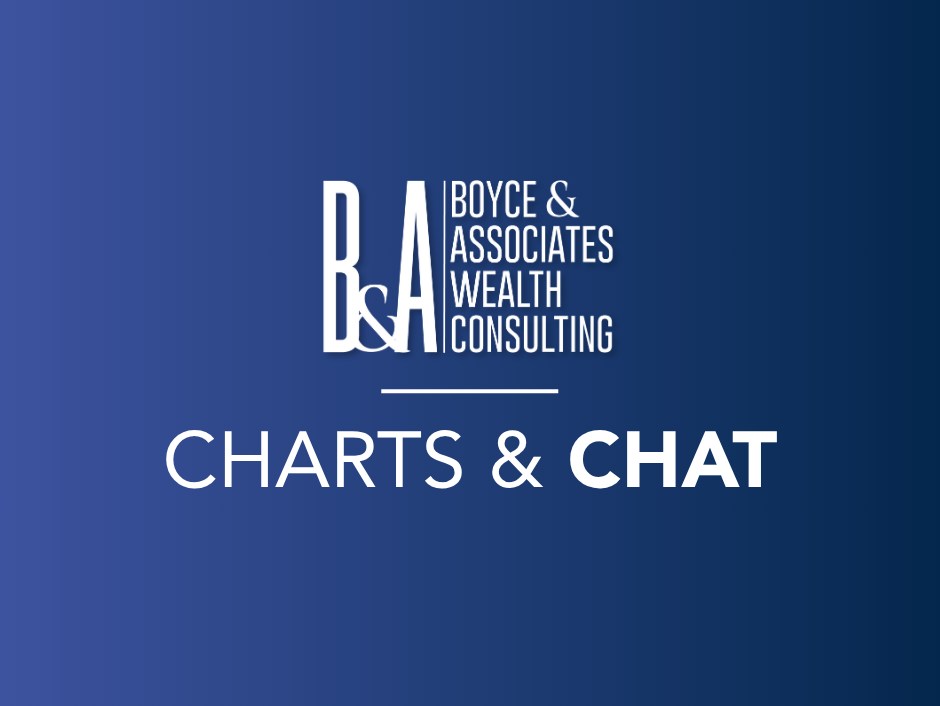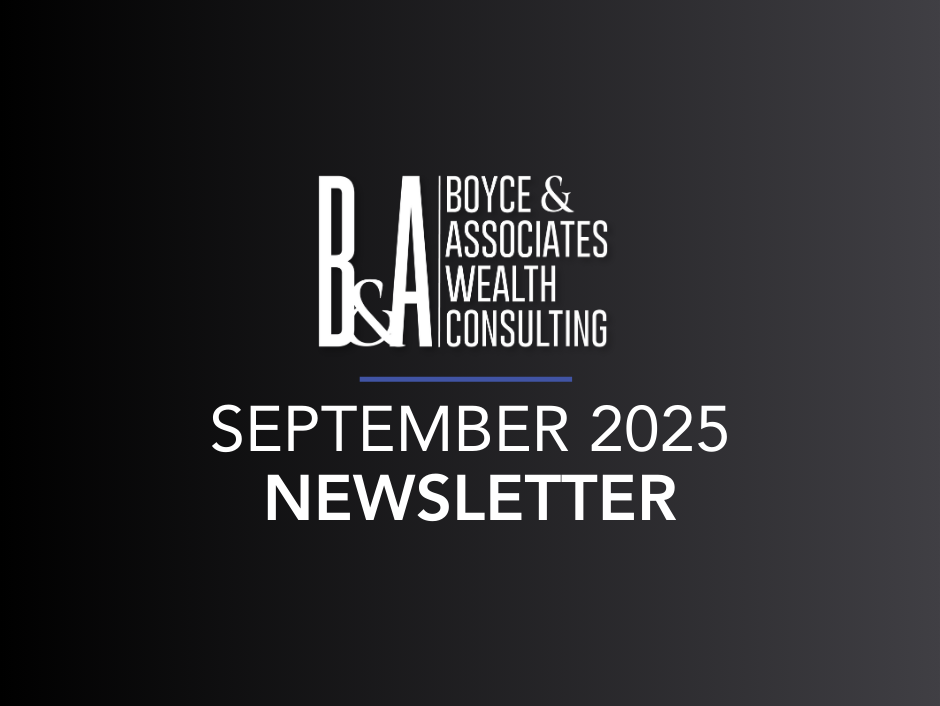October 2025 Newsletter
Dear Clients and Friends,
As we close out the third quarter of 2025, I hope this letter finds you well. It's been a period of significant developments within the markets and the broader economy, with a particular focus on evolving central bank policy and the nuances of economic data. In this letter, we'll review the key drivers behind recent market performance and share our perspective on what lies ahead.
The Economic Picture
The story of the month continued to be the delicate balance between a resilient, yet slowing, economy and the Federal Reserve's ongoing efforts to manage inflation. Recent reports showed a cooling in the labor market, with a slowdown in job creation and an increase in unemployment claims. This signals that the Fed's restrictive monetary policy is having its intended effect, but it has also raised concerns about the economy's future trajectory.
Meanwhile, inflation data remained a key focus. While headline inflation has been moving closer to the Fed's target, core inflation—which excludes volatile food and energy prices—has been more persistent. This has kept the Fed on alert and complicated their decision-making process. The market is now keenly anticipating a potential shift in policy, with many expecting additional rate cuts to be announced in the coming months.
Market Performance
The mixed economic signals created some volatility, but the overall trend for the major U.S. indices was positive for the month. The S&P 500 and Nasdaq both saw gains, with the technology and information sectors continuing to lead the way. This was largely driven by a combination of better-than-expected corporate earnings and the prospect of future interest rate cuts, which can be a tailwind for growth-oriented stocks.
On the other hand, the Dow Jones Industrial Average experienced more muted performance as investors rotated between different sectors. The bond market also saw notable movement, with Treasury yields generally easing as investors began to price in the expected rate cuts. This move indicates a potential shift in sentiment and a growing belief that the worst of the inflationary period is behind us.
Our Outlook and Portfolio Strategy
Looking ahead, we are maintaining a disciplined and watchful approach. We recognize that the market will likely remain sensitive to incoming economic data, particularly as the Fed navigates its next steps. Our strategy remains focused on identifying high-quality investments and sectors with strong fundamentals that can perform well across different economic environments.
We believe that the current environment may present opportunities in areas that have been undervalued and sectors that have lagged behind the recent rally. We will continue to diversify your portfolio to help mitigate risk and position you for long-term growth.
Here are a few other things to consider:
- Review Your Asset Allocation: We will make sure your portfolio's allocation still aligns with your risk tolerance and financial goals. The recent rally in large-cap tech stocks might have made some portfolios more concentrated in that area.
- Embrace Diversification: As noted, certain areas of the market have lagged behind this year. This presents an opportunity for us to rebalance your portfolio and invest in these undervalued segments to help mitigate risk and capture future growth.
- Stay Focused on Quality: In times of uncertainty, it's always wise to focus on high-quality investments with strong fundamentals and competitive advantages that can perform well in various economic conditions.
- Avoid Emotional Decisions: Short-term market volatility can be unsettling. We realize how important it is to avoid making reactive decisions based on daily headlines. Instead, we urge you to stick to your plan and remember that investing is a marathon, not a sprint.
Please feel free to schedule a review of your portfolio or discuss any questions you may have. Thank you for your continued trust and confidence.
Sincerely,
Eric Boyce, CFA
President & CEO
Forward-looking statements, estimates, and certain information contained herein are based upon proprietary and non-proprietary research and other sources. Information contained herein has been obtained from sources believed to be reliable but are not assured as to accuracy. Past performance is not indicative of future results. There is neither representation nor warranty as to the current accuracy of, nor liability for, decisions based on such information.
Risks: All investments, including stocks, bonds, commodities, alternative investments and real assets, should be considered speculative in nature and could involve risk of loss. All investors are advised to fully understand all risks associated with any kind of investment they choose to make. Hypothetical or simulated performance is not indicative of future results.
Investment advisory services offered through Boyce & Associates Wealth Consulting, Inc., a registered investment adviser. Boyce & Associates Wealth Consulting, Inc. has Representatives Licensed to sell Life Insurance in TX and other states.










